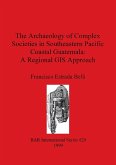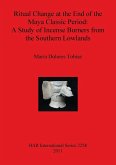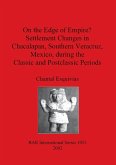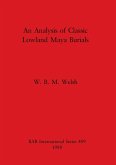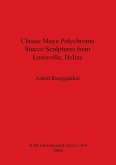Over the past decade there has been substantial progress in understanding Maya hieroglyphic writing. This development led to the reconstruction of Classic Maya (AD 300-900) political history. Epigraphers suggested a major influence of Teotihuacan during the Early Classic Period (AD 300-600), and some even argued for a direct Teotihuacan conquest of the Maya lowlands. The Late Classic Period (AD 600-900) was interpreted as a constant hegemonic struggle between Tikal and Calakmul, which in different ways influenced Classic Maya political relations. These reconstructions of political history were directly tied to the interpretations of political organisation, ranging from peer polity interaction models to more bureaucratic polities. In this work the author examines and analyses inscriptions from the Western Maya Region, which are especially rich in information concerning interaction of polities and interpolity organisation. The author reconstructs the historical development of the region, examining the influence of Teotihuacan and that of the hegemonic states Tikal and Calakmul.



